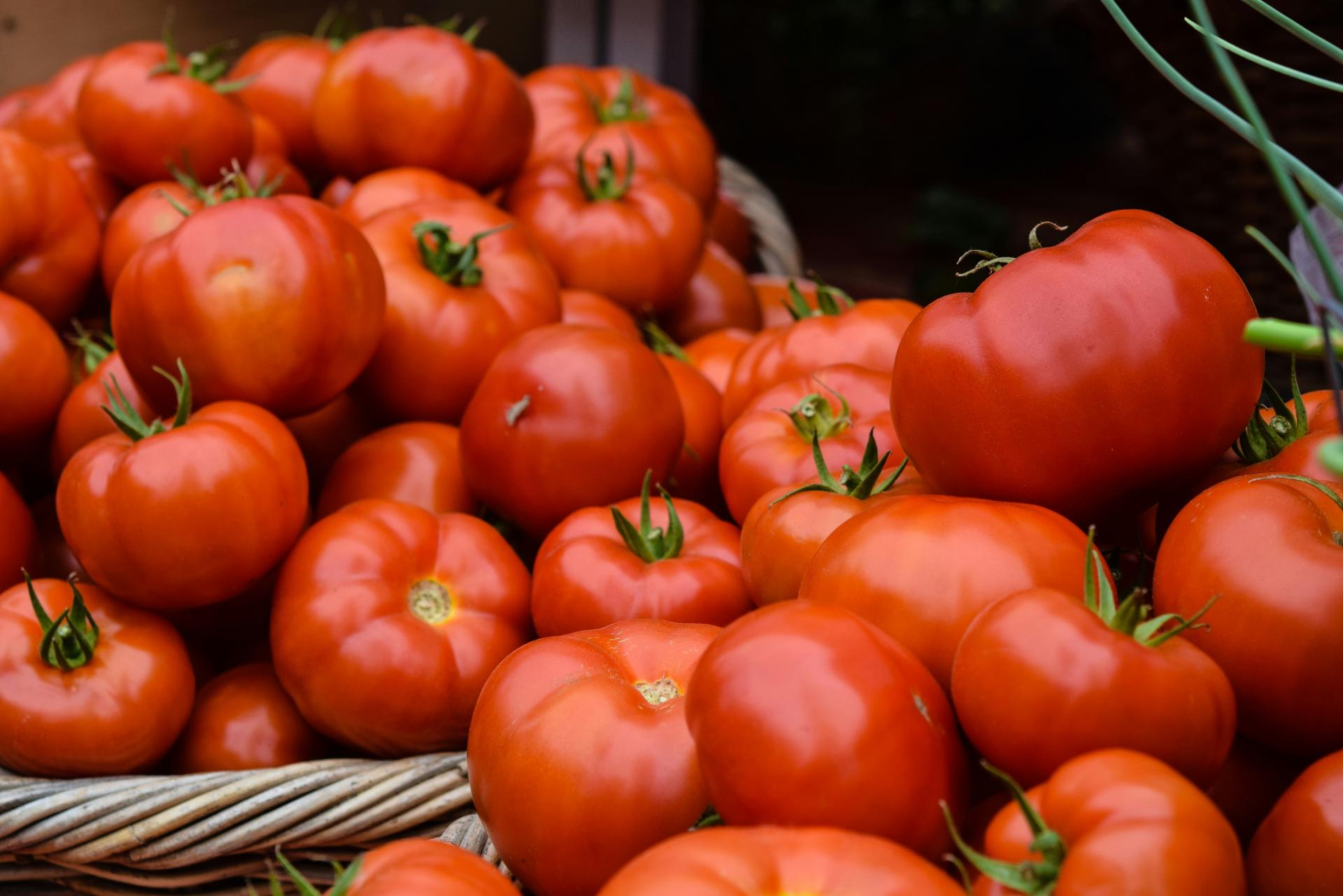You are here
Be A Better Gardener: Biopesticides
Be A Better Gardener: Biopesticides
By Thomas Christopher
In last month’s columns, I included a discussion of biostimulants, in particular the application of naturally occurring microbes such as bacteria or fungi to garden plants or their seeds to enhance their growth, vigor, and resilience. Now I want to dip into another, related topic that I have been investigating: biopesticides.
As defined by the U.S. Environmental Protection Agency, biopesticides include any pesticides derived from such natural materials as animals, plants, bacteria, and certain minerals. Examples include such familiar materials as canola oil and baking soda whose application to infested plants may kill or suppress insect pests or their eggs, or disease pathogens.
Neem oil, an extract from the seeds of a South Asian tree, is another example of a biopesticide. It is fatal to a range of insect pests, interfering with their development and reproduction and also blocking their urge to feed. It also thwarts the germination of spores from a variety of plant disease fungi and prevents the spores from penetrating plant tissue. Most intriguing to me are the “microbial biopesticides,” a class of biopesticides that includes a variety of living, naturally derived microorganisms such as bacteria, fungi, and viruses, that can attack plant pests and diseases, or in some cases simply prevent them from colonizing your plants.
Biopesticides offer many advantages over conventional chemical pesticides. In most cases, the biopesticides are less toxic, and often far more precise in their targeting. Chemical pesticides commonly attack a range of insects and often are toxic to other forms of wildlife as well as pets and humans. Biopesticides tend to be more specific in their impact.
For example, one of the most widely used microbial biopesticides, Bacillus thuringiensis, which is marketed under the name “B.t.,” works by binding to the cell walls of the pest’s gut, perforating them and causing rapid death. B.t. only attacks a narrow range of hosts and is available in strains that only affect one type of pest. B.t. var 'israelensis,' for example, only attacks the larvae of mosquitoes, black flies, and other flies, and is harmless to other wildlife and humans. B.t. var. ‘kurstaki,’ which I used to control an infestation of spongy moths in my little apple orchard, only affects caterpillars and by confining its application to the apple trees, I avoided any impact on other species of harmless and beneficial butterflies and moths.
I was surprised to learn that the effectiveness of this bacterium as a way to control insect infestations was noted as early as 1901 and it was first marketed as an insecticide in 1938. There has been a boom of interest in microbial pesticides in recent years, though, with many new and interesting products appearing on the market.
My nemesis in the vegetable garden is late blight (Phytophthora infestans) a water mold that has become entrenched in my soil, emerging every year to attack my tomatoes in late summer. It first appears as small, water-soaked areas on the tomato leaves; these rapidly enlarge to form purple-brown, oily-appearing blotches. The disease goes on to kill whole leaves and spreads to leaf stems, young stems and fruit. If left untreated, it kills the whole plant and destroys the whole harvest.
My usual reaction to a chronic problem such as this is to switch to another less vulnerable crop, but I cannot bear to give up tomatoes. In previous years, I have sometimes resorted to protecting the plants and fruit with a series of sprays of Mancozeb, a zinc-based fungicide. However, while effective that treatment leaves me with less than pure fruit.
This year I have decided to try alternating sprays of copper sulfate, a fungicide approved by OMRI, the Organic Materials Review Institute, with a spray of Monterey Complete Disease Control. The active ingredient in the latter spray is a strain of a bacterium naturally found in the soil, Bacillus amyloliquefaciens. This is supposed to suppress the development of the blight spores, although it doesn’t promise complete control by itself. I hope that I can ward off the disease with this combination of sprays long enough so that I can harvest my tomato crop before the late blight gets established.
For more information about biopesticides, tune into the conversation I had with Cornell University expert, Dr. Amara Dunn-Silver on the “Growing Greener” podcast you’ll find at the Berkshire Botanical Garden website, www.berkshirebotanical.org.
Be-a-Better-Gardener is a community service of Berkshire Botanical Garden, located in Stockbridge, Mass. Its mission, to provide knowledge of gardening and the environment through a diverse range of classes and programs, informs and inspires thousands of students and visitors each year. Thomas Christopher is a volunteer at Berkshire Botanical Garden and is the author or co-author of more than a dozen books, including Nature into Art and The Gardens of Wave Hill (Timber Press, 2019). He is the 2021 Garden Club of America's National Medalist for Literature, a distinction reserved to recognize those who have left a profound and lasting impact on issues that are most important to the GCA. Christopher’s companion broadcast to this column, Growing Greener, streams on WESUFM.org, Pacifica Radio and NPR and is available at berkshirebotanical.org/growinggreener.
Help Our Garden Grow!
Your donation helps us to educate and inspire visitors of all ages on the art and science of gardening and the preservation of our environment.
All Donations are 100 percent tax deductible.


